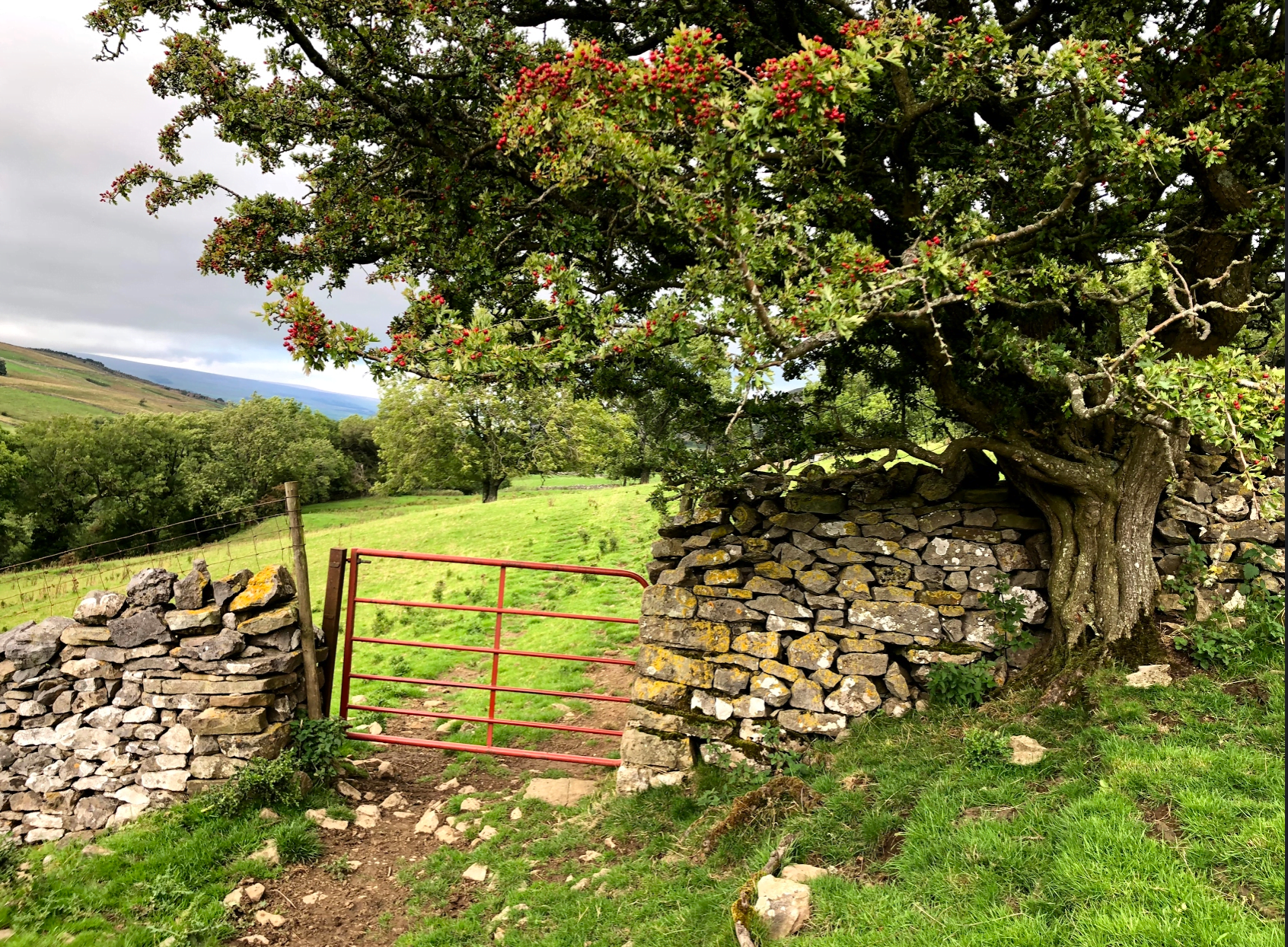This review of books to inspire a green transformation appeared in The Guardian on 18 July, 2020. Everyday life has been upended by the pandemic, but the Arctic heatwave is a reminder that the climate crisis still poses an urgent threat to humanity. We will need resolve, ambition and optimism as we emerge from lockdown, so we can forge the green recovery that is so crucial. One book that has sustained my faith in the future is Herman E Daly and John B Cobb’s hopeful vision, For the Common Good. Daly, once (briefly) the World Bank’s chief environmentalist, is an advocate of the steady state economy, central to the Green New Deal. This book is as relevant today as when it was first published, more than 30 years ago. JA Baker’s 1967 memoir The Peregrine, is another vision – of the ecstatic
Topics:
Ann Pettifor considers the following as important: Article, book review, climate change
This could be interesting, too:
Jeremy Smith writes UK workers’ pay over 6 years – just about keeping up with inflation (but one sector does much better…)
T. Sabri Öncü writes Argentina’s Economic Shock Therapy: Assessing the Impact of Milei’s Austerity Policies and the Road Ahead
Joel Eissenberg writes How Tesla makes money
Joel Eissenberg writes A second nuclear era?
This review of books to inspire a green transformation appeared in The Guardian on 18 July, 2020.
Everyday life has been upended by the pandemic, but the Arctic heatwave is a reminder that the climate crisis still poses an urgent threat to humanity. We will need resolve, ambition and optimism as we emerge from lockdown, so we can forge the green recovery that is so crucial. One book that has sustained my faith in the future is Herman E Daly and John B Cobb’s hopeful vision, For the Common Good. Daly, once (briefly) the World Bank’s chief environmentalist, is an advocate of the steady state economy, central to the Green New Deal. This book is as relevant today as when it was first published, more than 30 years ago.
JA Baker’s 1967 memoir The Peregrine, is another vision – of the ecstatic joy brought on by a deep connectedness to nature. Baker documents his daily and increasingly close connection to the austere Essex landscape that was his home, and to what Gerard Manley Hopkins called “the brute beauty and valour” of an extraordinary bird. For greater understanding of how connected all living things are, Peter Wohlleben’s The Secret Network of Nature is less intense, but startling and delightful. Each chapter is a self-contained exploration of some link in nature: “How Earthworms Control Wild Boar”; “Fairy Tales, Myths and Species Diversity”. Or try Lev Parikian’s witty Into the Tangled Bank. He starts with the wildlife found in your kitchen sink, and gradually deepens connections to nature within and outside your own four walls.
Isabella Tree’s memoir Wilding is a story of the human and financial costs of adaptation and transformation, but also a revelatory unfolding of nature’s return to what had become an increasingly sterile, conventional Sussex family farm. The book plunges readers into a fierce debate, pitching the closed-canopy forest theory of Britain’s ecological past against Dutch ecologist Frans Vera’s open landscape theory of “a mosaic of grassland, scrubland, groves and solitary trees, grazed by large numbers of herbivores”. The clincher is the oak, Tree argues, which does not regenerate in closed-canopy forests and is “standing proof that temperate zone Europe could not have been entirely closed forest”.
The Green New Deal is about system change – a struggle to subordinate the power of Wall Street and the City to the interests of society and the ecosystem. A book that inspires me to believe such a transformation possible is The Money Makers – historian Eric Rauchway’s 2015 account of how Roosevelt dismantled the privatised global financial system. On the night of his inauguration, Roosevelt began the process of ending the gold standard, by stripping Wall Street of private authority over the system, and restoring democratic, public authority. As Henry Morgenthau, then the US treasury secretary, wrote: “We moved the financial capital from London and Wall Street right to my desk at the Treasury.”
Just as in our time, the US in 1933 was confronted by an ecological disaster: the dust bowl. It’s an environmental tragedy central to John Steinbeck’s The Grapes of Wrath, written while the author benefited from a New Deal federal arts grant. Neil M Maher’s 2007 Nature’s New Deal tells the forgotten history of the New Deal’s attempt to green the American south. There was much that was downright wrong about Roosevelt’s racial and gender-segregated Civilian Conservation Corps. But Nature’s New Deal shows how we can chart a path out of the current crisis that leads to a future in which we can all flourish.
• The Case for the Green New Deal by Ann Pettifor is published by Verso (£12.99). To order a copy go to guardianbookshop.com. Delivery charges may apply.

